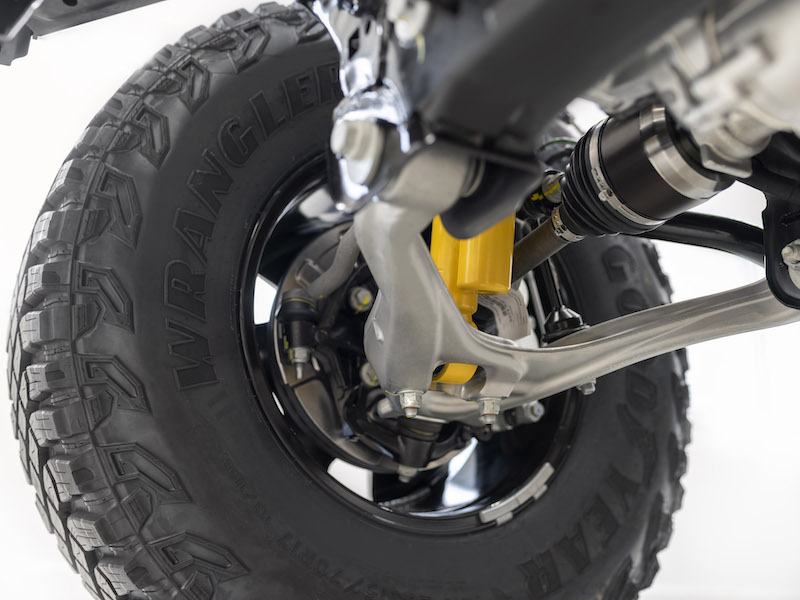Sascha Wegner landed back home in the U.S. after a direct flight from Turkey, and yet the jet he took wasn’t the fastest thing he recalled about the trip.
 Sascha WegnerThe business development manager for the Light Metal Solutions division at MacDermid Enthone Industrial Solutions was visiting an anodizing operation in Europe and saw first-hand how rapidly the automotive industry is moving when it comes to aluminum anodizing and other surface finishes.
Sascha WegnerThe business development manager for the Light Metal Solutions division at MacDermid Enthone Industrial Solutions was visiting an anodizing operation in Europe and saw first-hand how rapidly the automotive industry is moving when it comes to aluminum anodizing and other surface finishes.
“The automotive industry is moving at a very fast pace,” Wegner says. “When you look at anodizing in the automotive space — and all the alkaline resistance requirements, introducing colors and satin finishes — they are moving faster and faster and faster.”
What has surprised Wegner the most, though, is what he sees in the field amongst applicators: many are struggling to find the right process solution to meet the demands that the automotive industry and others are set for them.
Increased Automotive Demand for Finishers
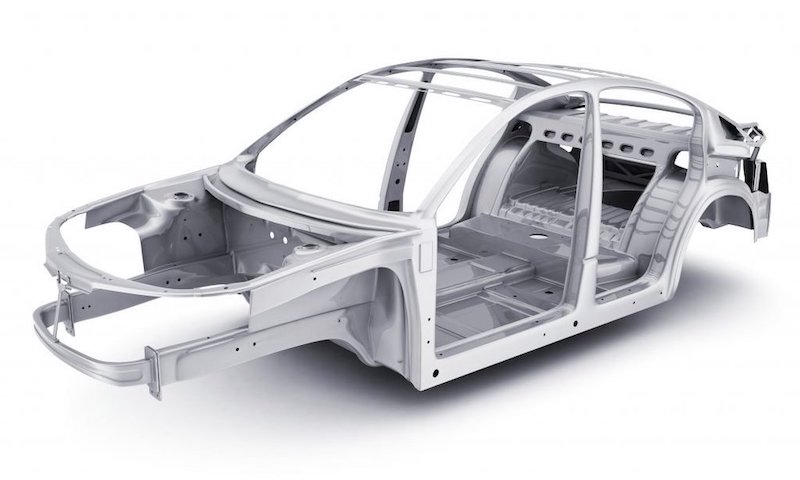 The amount of aluminum in cars is currently around 330 pounds and is expected to rise to 432 pounds — or roughly 30%.With more roof rails, trims, frames, electronic housings, brake calipers, and heat sinks being produced with lightweight materials by automotive manufacturers, the demand for finishers to meet these specifications has ramped up quickly
The amount of aluminum in cars is currently around 330 pounds and is expected to rise to 432 pounds — or roughly 30%.With more roof rails, trims, frames, electronic housings, brake calipers, and heat sinks being produced with lightweight materials by automotive manufacturers, the demand for finishers to meet these specifications has ramped up quickly
“Some of these applicators are trying to figure it out themselves somehow,” Wegner says. “It’s one of the reasons that I think we can add a lot of value to these finishers with newer technology and a global support structure. When you look at MacDermid Enthone with our Global Automotive OEM Team, Plating Academies, Six Sigma initiatives, and a Tech Team that can support OEMs and applicators in virtually every region of the world, it makes us a strong technology partner.”
And it appears the trend toward light metals will be growing in the years to come and at a quicker pace.
According to the trade group European-Aluminum, the amount of aluminum in cars is currently around 330 pounds and is expected to rise to 432 pounds — or roughly 30% ‚ by 2025. And the reason is simple: for every 220 or so pounds of aluminum in vehicles, the CO2 emissions per vehicle are reduced by about 8 grams per mile.
But as the use of aluminum is growing in automobiles and in the architectural segment, most finishers and coaters also know a few certainties about the substrate: it does not protect well in harsh environments such as road salt, car washes, and galvanic corrosion.
Creating ‘Light Metal Solutions’ Division to Fill a Need
 Mike KellyThat’s why MacDermid Enthone spawned its Light Metal Solutions division soon after it purchased Coventya in 2021. And with good reason: a few years earlier, Coventya had become the majority shareholder of Politeknik Metal, based in Turkey, which was a recognized innovation leader in aluminum finishing, with a specific focus on substrate quality, finishing requirements, costs, productivity, as well as environmental and safety issues.
Mike KellyThat’s why MacDermid Enthone spawned its Light Metal Solutions division soon after it purchased Coventya in 2021. And with good reason: a few years earlier, Coventya had become the majority shareholder of Politeknik Metal, based in Turkey, which was a recognized innovation leader in aluminum finishing, with a specific focus on substrate quality, finishing requirements, costs, productivity, as well as environmental and safety issues.
Politeknik’s Alumal line had already found significant use in Europe, especially in the architectural anodizing space. Additionally, MacDermid Enthone’s Iridite and Oxidite products were well established in the automotive and aerospace industries. Together, the product portfolios and expertise merged perfectly.
“The history of MacDermid Enthone as a premier supplier of electroplating processes is well documented,” says Mike Kelly, Global Business Director for Light Metal Solutions at MacDermid Enthone and a former Coventya executive.
“Despite that, a lot of people may think that we decided to get into aluminum surface treatment on September 1, 2021, when we purchased Coventya,” he says. “From a historical perspective, our companies have been in this space with market-leading technologies for decades. But with the increased use of lightweight materials and the need for sustainability, we felt it was time for more focus and resources.”
Giving Aluminum and Lightweighting More Attention
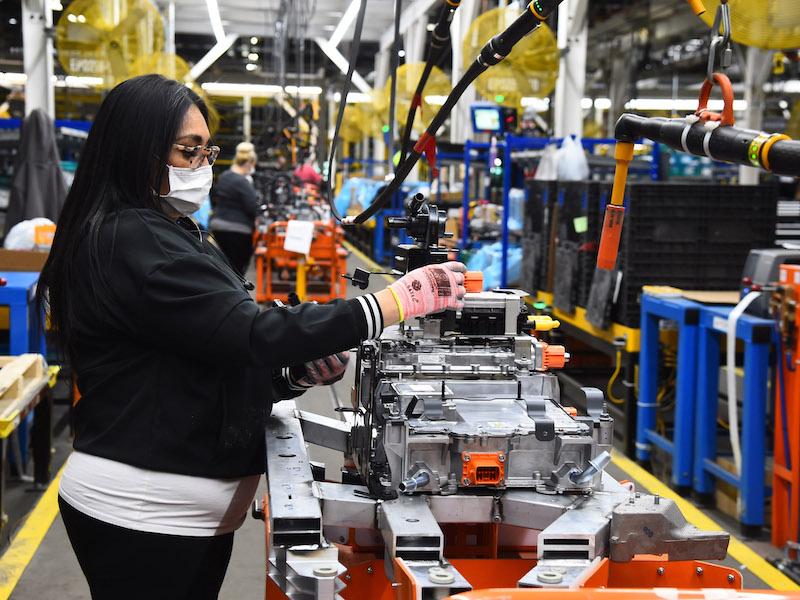 Courtesy Ford Motor Company's Kansas City Assembly Plant.Kelly says that automotive and other industries are definitely changing to meet the increased use and new, more rigorous requirements. Like the change from Cadmium plating, the elimination of hexavalent chromates, and the ongoing commitment to eliminating hexavalent chrome in decorative finishing, the dedication to the environment and sustainable solutions will drive the change.
Courtesy Ford Motor Company's Kansas City Assembly Plant.Kelly says that automotive and other industries are definitely changing to meet the increased use and new, more rigorous requirements. Like the change from Cadmium plating, the elimination of hexavalent chromates, and the ongoing commitment to eliminating hexavalent chrome in decorative finishing, the dedication to the environment and sustainable solutions will drive the change.
“The use of aluminum is certainly not new,” Kelly says. “There were applications and associated standards. But many haven’t been updated in quite some time. As the applications and requirements evolve, however, so too must the standards.”
As an example, a battery box didn’t exist on a car 20 years ago, but now it does and needs to be protected against corrosion to prevent moisture/humidity from creeping into the battery compartment. Without, the consequences could be catastrophic, he says.
Kelly says that what he hears in his conversations with OEM is that they are developing these newer processes and yet, in some cases, still trying to figure out what the best solutions are for protection.
“That gives us a great opportunity, with our exceptional OEM team, to get involved with them on this level and to help them to find solutions,” he says.
Automotive Expected to Double Worldwide Use by 2050
 Courtesy of Toyota.The International Aluminum Institute says that automotive manufacturers are major industrial consumers of aluminum, using 18% of all aluminum consumed worldwide in 2019. And the IAI says that percentage will double by 2050 as the demand for lighter materials continues.
Courtesy of Toyota.The International Aluminum Institute says that automotive manufacturers are major industrial consumers of aluminum, using 18% of all aluminum consumed worldwide in 2019. And the IAI says that percentage will double by 2050 as the demand for lighter materials continues.
“The future of mobility is electric,” says the European Aluminum Association. “And the metal enabling this green electric future is aluminum.”
Earlier this year, the Aluminum Association announced the release of a new technology roadmap that details short-, mid-and long-term research and development priorities in support of its automotive customers. The “2022 Roadmap for Automotive Aluminum” identifies pathways and prioritizes opportunities for critical collaboration among aluminum suppliers, recyclers, automakers, policymakers, non-governmental organizations, and other industry stakeholders to drive innovation throughout the next decade.
“From electric vehicles and connected cars to autonomous technology and supplier sustainability, the automotive industry is experiencing tectonic shifts in design, propulsion, materials, and manufacturability,” says Mike Keown, ATG chair and chief executive officer, Commonwealth Rolled Products. “To meet the moment, the aluminum industry is gearing up to bring to market the most advanced automotive alloys and product designs ever produced.”
Keown says the technology roadmap details where we are today, where we are headed, and specific pathways and priorities that will accelerate technical advances to support automakers as they envision “cars and trucks far superior to anything on the road today to meet consumer demands in the next decade, and beyond.”
Creating New Aluminum Alloys and Products
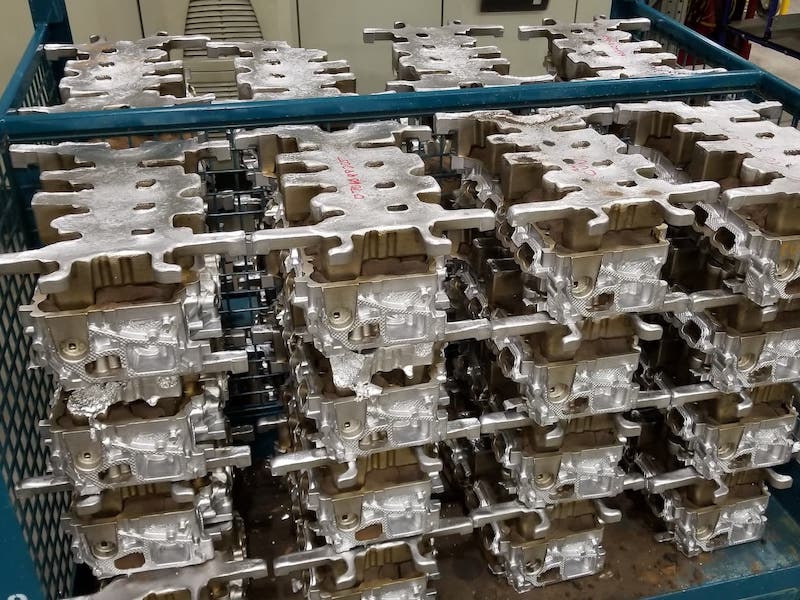 Courtesy of General MotorsPart of the roadmap includes new aluminum alloys and products, as the Aluminum Association says the industry should be pursuing newer standardized aluminum alloys at a higher strength, improved formability/ductility, enhanced fracture toughness, and extrudability — and all at a lower cost.
Courtesy of General MotorsPart of the roadmap includes new aluminum alloys and products, as the Aluminum Association says the industry should be pursuing newer standardized aluminum alloys at a higher strength, improved formability/ductility, enhanced fracture toughness, and extrudability — and all at a lower cost.
Wegner says the key to the advancement of lightweight treatment is for manufacturers and finishers properly understand exactly what aluminum is all about, and especially its makeup.
“If you think about aluminum and lightweight materials, you have to understand the base material,” he says. “If you don’t understand the alloy and how it affects the final performance, you shouldn’t even start talking about OEM specification and how to increase performance levels. It is unlikely to happen without the fundamental knowledge of the metallurgy of light metal materials.”
That differs, Wegner says, from the traditional electroplating because finishers are putting layers on top of the base material; aluminum is a whole different construct, and an understanding of the material is crucial to having any finishing success.
R&D Centers Jumpstart New Lightweight Options
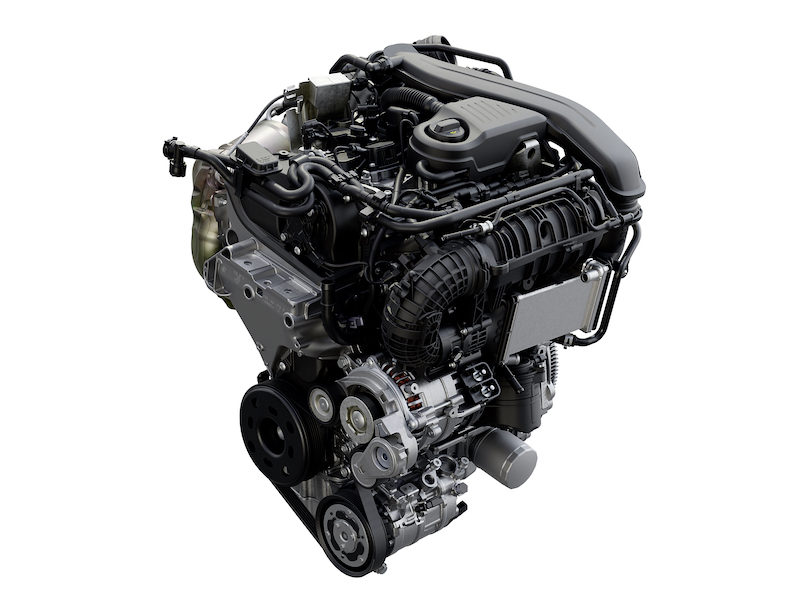 Courtesy of Volkswagen.Coventya’s earlier acquisition of Politeknik several years ago — and its subsequent purchase by MacDermid Enthone — has given the current organization a great advantage, Wegner says.
Courtesy of Volkswagen.Coventya’s earlier acquisition of Politeknik several years ago — and its subsequent purchase by MacDermid Enthone — has given the current organization a great advantage, Wegner says.
“We’ve got two R&D centers, one in Turkey and one in India, and we have people dedicated to working on lightweight finishes,” he says. “There’s a lot of innovative technology coming out of our R&D centers in terms of alkaline resistance for automotive finishes and sealing technology in general. One of the greatest innovations we introduced several years ago was CASTELOX, a process technology that allows applicators to anodize on high silicon Al castings and still achieve a bright finish that readily accepts organic dyes.
Electrocoloring is another huge topic for the automotive industry; Wegner adds there are a lot of new EV companies that want to customize their finishes in terms of color and satin effects whilst still being able to meet the stringent performance requirements.
Meanwhile, a lot of emerging technologies regarding aluminum anodizing and lightweight is partially transferrable, as those used in architectural, consumer good, and aerospace industries can also be used in automotive.
Kelly says that with his company’s extensive experience, the foundation is solid.
“When you start to broaden the scope of your target accounts in the aluminum surface treatment arena beyond what you have done traditionally, however, it is important that you also expand the knowledge that your technical team can provide,” Kelly says. “That’s precisely why we have formed the Light Metal Solutions team and have the full support and commitment from Executive Management to invest further. I am very excited to be a part of what I am confident is a very bright future





